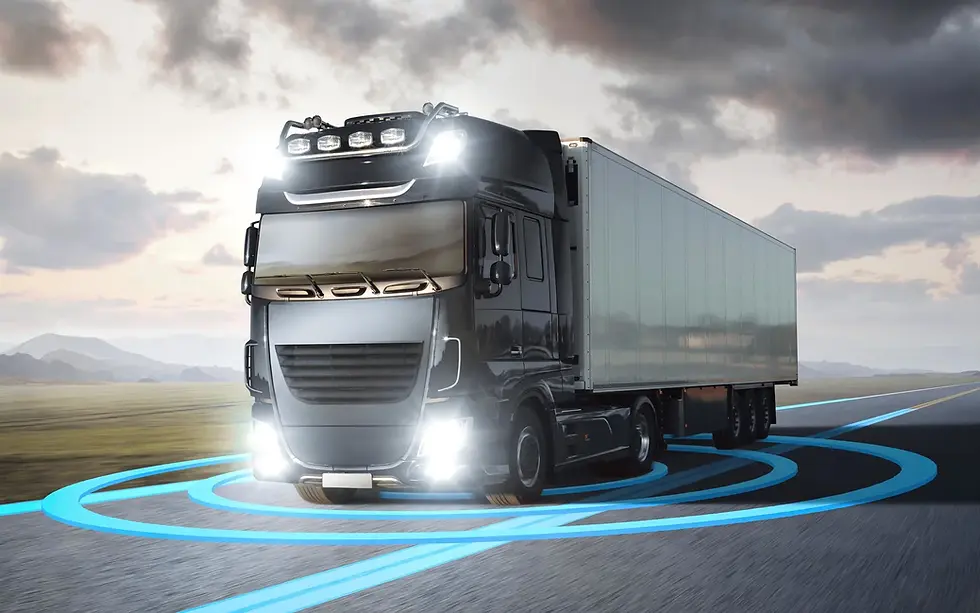AUTONOMOUS TRUCKS WON'T REPLACE TRUCK DRIVERS, BUT THEY WILL FILL A HOLE IN THE INDUSTRY.
- Zeta Driving School
- Sep 11, 2022
- 2 min read

One day you’ll be driving down the interstate and look over to see a Kenworth semi truck, driving at 70 mph and pulling 80,000 lbs, with no one in the driver seat. But when will that day come? If you ask a tech CEO, it might be tomorrow. If you ask a truck driver, that day may never come.
Hi-tech engineers and investors are racing to make autonomous vehicles a reality. Many of them are betting that self-driving trucks will beat passenger cars to the market. Trucks, after all, mostly drive down straight highways instead of busy city roads. Deep-pocketed logistics companies like UPS, US Xpress, and XPO Logistics have poured billions of dollars into exciting technology promising self-driving trucks with the promise of even more in commercial contracts, an investment that can save these companies trillions of dollars in labor costs and productivity losses. But can these companies really take truckers out of the driver’s seat?
The technology to make this possible doesn’t exist yet. Most autonomous trucking companies including Aurora Innovation and Embark Technologies aren’t confident enough to start testing their vehicles on public roads. TuSimple, a competitor that has put trucks on the open road, recently had a significant accident caused by its autonomous technology. In an industry dominated by a focus on safety above all else, the technology is a long way away.
But eventually, the technology will work and a truck will be able to drive itself safely down a highway. When that happens, the driver’s aren’t going far. What most people forget, or don’t know, is that driving a truck down the road isn’t the majority of a truck driver’s job, that’s just the easy part. Drivers are responsible for inspecting the truck and trailer, handling freight, swapping trailers, interacting with customers, and conducting maintenance.
A future of autonomous trucks won’t replace truck drivers, but they may replace team drivers. Many companies employ team drivers, a pair of drivers who live in the truck and switch between driving and sleeping (occasionally they go to the bathroom, too). These drivers are critical to the supply chain, keeping a truck running nearly 24 hours a day and making sure time sensitive freight can move across the country. But it’s also the hardest truck driving position to fill and one of the largest stressors on the supply chain.
Autonomous driving trucks can make it possible for a single truck driver to have the same productivity as a team. A driver leaving New York can start the trip, navigating through unpredictable urban streets until the truck gets onto the highway, and then rest for eight hours while the truck drives down the I-95, only having to take back over when it’s time to pull off the highway and into a warehouse dock. Racking up mileage pay the entire time, even when they’re snoozing in the sleeper berth.
Self-driving technology has the potential to alleviate one of the most significant stressors in the supply chain, something that may never be fixed otherwise.
Comments